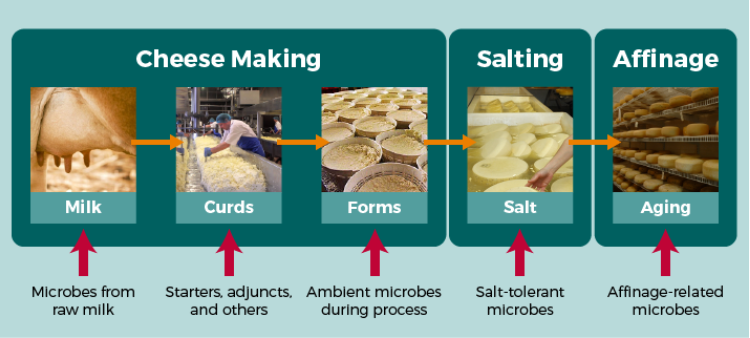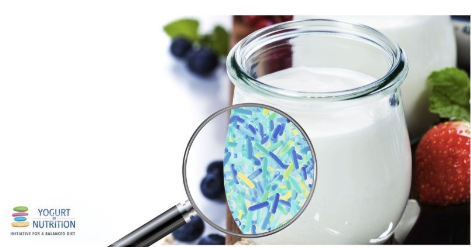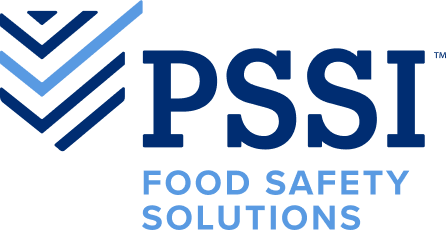June is National Dairy Month, a time to celebrate all things dairy! The first dairy recognition month was held in 1937, and it started as National Milk Month to encourage drinking milk. Today, National Dairy Month is an occasion to appreciate all that the dairy industry contributes to the world. There are numerous dairy products to enjoy, and many of them require help from microbes to be made into our favorite foods.
In the food industry, the focus is most often on microbes that cause illness or spoilage. Pathogens such as Listeria and Salmonella, or spoilage organisms such as yeasts and molds are commonly known. The less known microbes are those that are beneficial because of their growth characteristics, such as acid production. Bacteria are added to milk to make a variety of cultured dairy products. The type of cultured dairy product is determined by which bacterial strains are used and at what point in the production process they are introduced. Two popular cultured dairy products are described below.
CHEESE

Microbes are involved at every step of the cheese making process!
There are thousands of cheese varieties produced today, and all start from some type of milk and use microbes to make their unique texture and flavor profiles. The first step of cheesemaking is to acidify the milk. To acidify the milk means to lower the pH, and this is done by adding starter culture, or good bacteria, and heating. The bacteria in the starter culture work to change the milk sugar lactose into lactic acid. As acidity increases, milk begins the process of turning from a liquid into a solid.
To continue the process of becoming a solid, coagulation begins by adding an enzyme called rennet. This enzyme solidifies milk into curds, and the remaining liquid is called the whey. Depending on the type of cheese, the curds are cut to remove additional whey. Hard cheeses are cut into very small pieces and soft cheeses are hardly cut at all. After cutting and cooking, the whey is removed, and the curds continue the process to become cheese.
To shape the curds, they are put into baskets or molds and pressed to expel any remaining whey. Curds are formed into familiar cheese shapes such as bricks and wheels. Salting is a necessary step in cheesemaking for preservation purposes, but also for flavor. Some cheeses have salt directly applied to the curd, some have salt rubbed on the formed surface, and some are soaked in a salt bath called brine. Once shaping and salting is complete, fresh cheeses are finished and ready to eat. Other cheeses, aged or ripened cheese, need to continue to the affinage step.
Affinage is a fancy word for aging cheese. The process of aging includes storing the cheese for a length of time at a specific temperature and humidity. Each cheese variety is different. At this step, some cheeses have mold or yeast applied to the outside or injected inside to create a desired taste. Many aged cheeses have non-starter bacteria that kick into gear during ripening to produce flavors or create eyes (holes) in the product. After affinage, aged cheeses are ready to enjoy.
YOGURT
To make yogurt, milk is heated to a high temperature of 185°F. At this temperature milk proteins are broken down so that curds are not formed, and the longer the milk is heated the thicker the yogurt will become. After heating, the milk is quickly cooled to about 113°F and bacteria are added. The cultures will then ferment the milk for 4 to 12 hours. During yogurt fermentation, the bacteria convert lactose, or milk sugar, into lactic acid. The lactic acid helps the milk proteins form into a gel-like structure, the typical yogurt texture. Two kinds of bacteria are needed to make yogurt: Lactobacillus bulgaricus and Streptococcus thermophilus. They work together throughout the fermentation process to produce lactic acid, which is what gives yogurt its tart flavor and acts like a preservative.

Cultured dairy products are staple foods in many homes. As National Dairy Month highlights and celebrates dairy products, it is important to remember that food safety of these products is vital. Effective sanitation is needed not only to control harmful bacteria but also to ensure the good bacteria can do their job. Sanitizing agents may inhibit the growth of starter cultures, so it is important to use correct chemical concentrations and allow equipment to properly drain after sanitizer application. This is another good example of how PSSI can contribute to providing safe, quality food.
